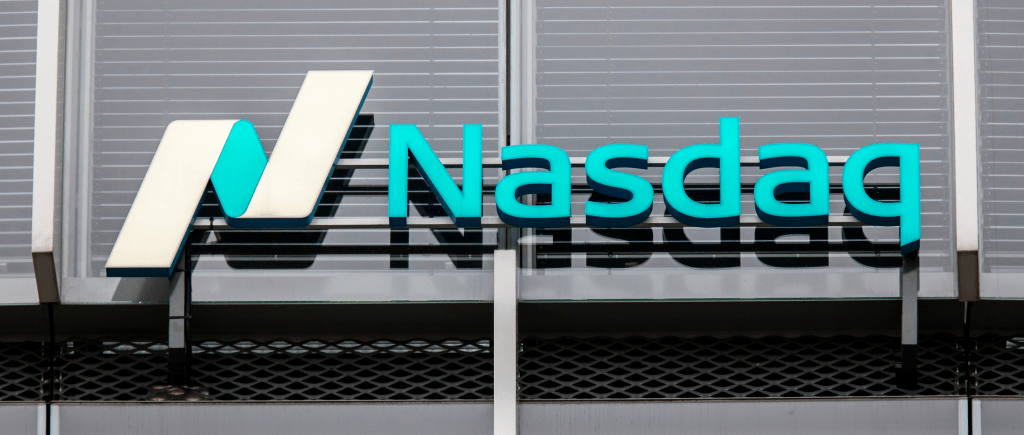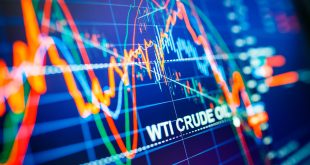U.S. stock markets hit record highs, fueled by a newly ratified U.S.-China trade deal, as confirmed by Commerce Secretary Howard Lutnick. The agreement, aimed at strengthening supply chains, eased investor fears. The S&P 500, as shown in the finance card above, rose 0.5% to 614.91, while the Nasdaq matched that gain, and the Dow climbed 0.7%. Ten of eleven S&P sectors gained, with Consumer Discretionary leading, though Energy dipped slightly. Nike shares surged 16% on news of streamlined inventories. But with trade talks ongoing, is this rally built to last?
Mixed Economic Signals
May’s core PCE index, favored by Federal Reserve Chair Jerome Powell, rose 0.2% month-over-month, slightly above expectations, and 2.7% annually. Headline PCE stayed flat monthly but hit 2.3% yearly. The University of Michigan’s June consumer sentiment edged up to 60.7 from 60.5. Rising Treasury yields—3.74% for two-year notes and 4.26% for ten-year—added pressure, hinting at inflation concerns.
What’s Driving Current Surge?
The U.S.-China deal, reducing tariff uncertainty, sparked optimism. Yet, past trade breakthroughs, like 2019’s Phase One accord, often fizzled. A New York retailer, for example, might benefit from lower import costs, but global tensions could derail gains.
Markets face a tightrope. Next week’s economic data and trade talks with partners like Japan will shape sentiment. If deals falter, volatility could return, testing these record highs.

 Noor Trends News, Technical Analysis, Educational Tools and Recommendations
Noor Trends News, Technical Analysis, Educational Tools and Recommendations




